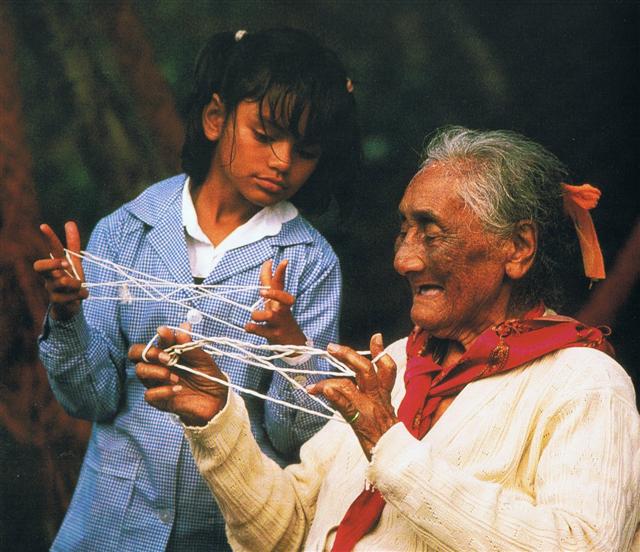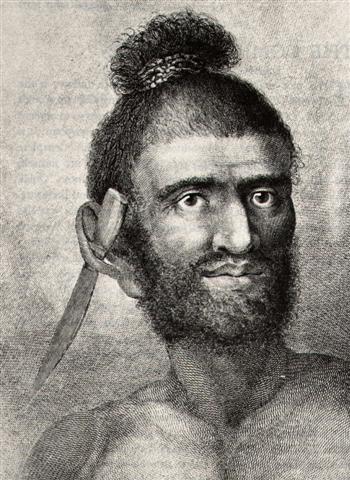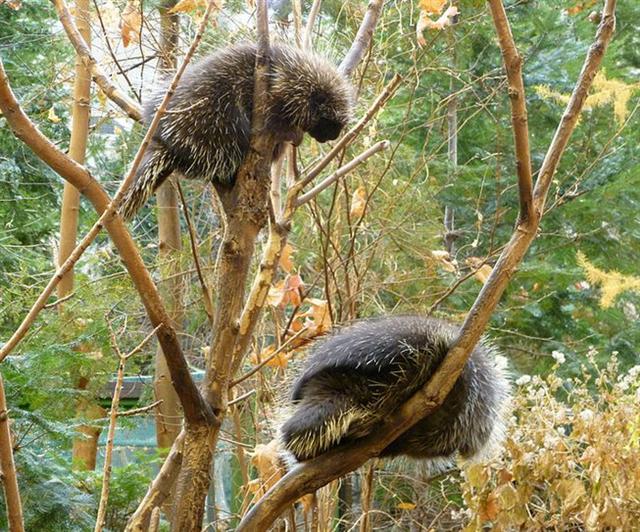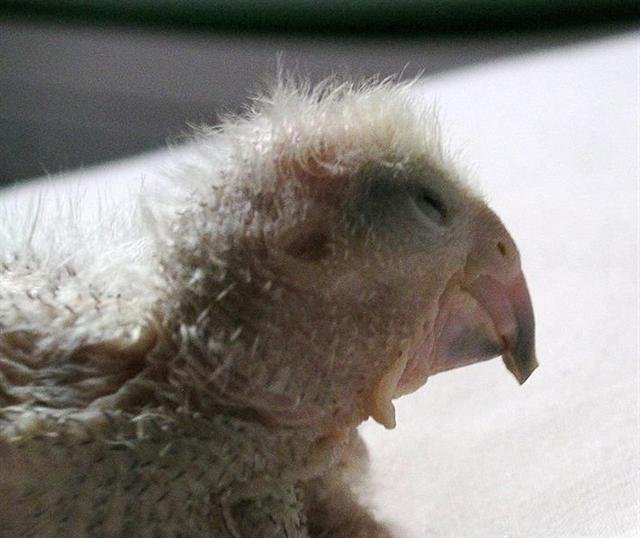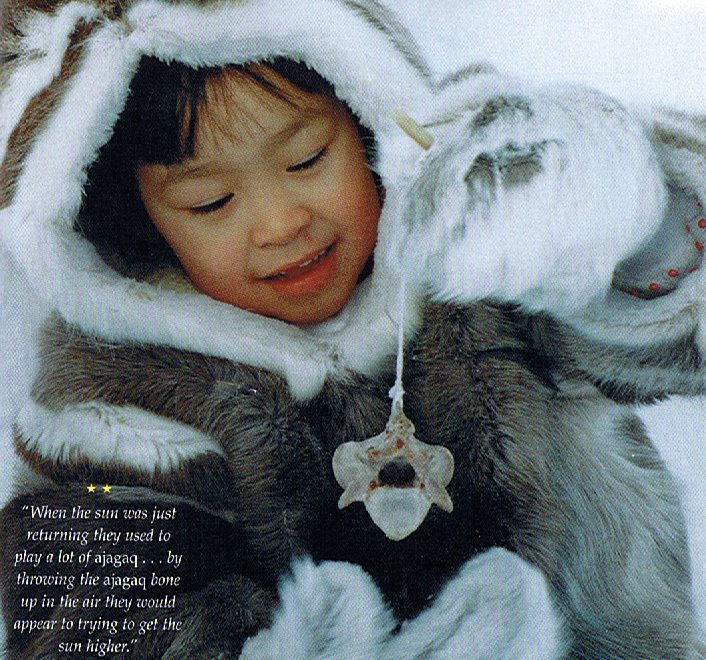Makoi was introduced to the art of kaikai (Cat's Cradle) by Ira.
[E:43] ... Ira went through (the forms of) the string figures and showed them to Makoi. Ira said to Makoi, 'Now you recite (? hoa mai) the verses (patautau) of these string figures' ... To hang; hakatau, necklace; hakatautau, to append. P Pau.: fakatautau, to hang up. Mq.: tautau, id. Ta.: faatautau, id. Pau.: fakatau, indolent. Ta.: faatau, id. Fakatautau, to delay, to defer. Ta.: haatautau, id. Churchill. But the first naming cycle of Makoi around the island had taken place earlier: ... You are the one who shall stay here. We, on the other hand, have to turn around. Makoi replied, All right with me! Then Ira continued to speak to Makoi: Tomorrow, when it grows light, set out and name the places beginning with Apina. Makoi replied, How shall I give the names? Again Ira spoke, In Hiva are the names that are to be taken to name (the places of the new land). It grew light and Makoi got up. He set out and came to Apina. When he arrived there, he gave the name This is Apina Iti, this is Rapa Kura. He went on and came to Hanga O Ua. He gave the name This is Hanga O Ua of the Beautiful Wave (vave renga). Makoi went on, giving names, until he had made a (complete) circle around both sides (of the island). In Apina Nui a stone (maea) was erected, saying that the naming was done on a (round) trip during a single day ... [E:37-38] Thus his first naming gave a list of around 60 names. Then a 2nd list of the same names was given when he recited the string figure verses. However, at that time there was (significantly) no numbers given. The first name list was created in a single day, as if it represented day 1 after day 364 ('a year and a day'), or as if it represented the day when Maui was born (in the first day after *364). ... Taranga had to wipe her eyes because there were tears in them, and she said: 'You are indeed my lastborn son. You are the child of my old age. When I had you, no one knew, and what you have been saying is the truth. Well, as you were formed out of my topknot you can be Maui tikitiki a Taranga.' So that became his name, meaning Maui-formed-in-the-topknot-of-Taranga. And this is very strange, because women in those days did not have topknots. The topknot was the most sacred part of a person, and only men had them ...
We should here remember how the Chinese thought Sirrah belonged at the end of number 13 ('House') with Algenib Pegasi marking the 'Wall' of the text station:
The string figures belonged in nighttime (or in the dark of winter which was the same for the Inuit peoples), Makoi. The tree which on T. was called miro, Thespesia populnea. Van Tilburg. Makoikoi, kidney T. Churchill.
... Marija Gimbutas: 'To sleep within the Goddess's womb was to die and to come to life anew'. In a system of reincarnation the old one must die in order to be reborn, of course ... and the 2nd list of Makoi could therefore have referred to the around 60 nights prior to the return of Sun light. ... Sometimes, it is told, when the Moon was out hunting and stayed away long, the Sun used to come and peep in. It wore men's kamiks, and its hams were bleeding violently. One day it said to her: 'I have wounds on the hind parts of my thighs, because thy children make string figures, while the Sun shines, at the time of the year when it rises higher in the sky!' ... ... string games could be resumed after it was clear that the Sun had managed to leave the horizon and was rapidly gaining in altitude: 'Before the sun starts to leave the horizon ... when it shows only on the horizon, ... then string games were no longer allowed as they might lacerate the sun. Once the sun had started to go higher and could be seen in its entirety, string games could be resumed, if one so wished. So the restriction on playing string games was only applicable during the period between the sun's return and its rising fully above the horizon ...
... I knew of two men who lived in another settlement on the Noatak river. They did not believe in the spirit of the string figures, but said they originated from two stars, agguk, which are visible only when the sun has returned after the winter night. One of these men was inside a dance-house when a flood of mist poured in ... His two companions rapidly made and unmade the figure 'Two Labrets', an action intended to drive away the spirit of the string figures, uttering the usual formula ... but the mist kept pouring in ... ... Again, in a diary entry dated 18 December 1913 Jenness notes the same Alak telling him that 'they never played cat's cradles while two stars called agruk were visible, just before the long days of summer... They played other games then, like whizzer [a noise maker] ... ... Alak's comments indicate that, for the Noatak area at least, the appearance of Aagjuuk, rather than the Sun, signalled the end of the string-game season. And the opinion ... that string figures came from, and are therefore related to, Aagjuuk may have given rise to the prohibition against playing them after the solstice appearance of these stars. It is also possible that the string game mentioned by Alak - 'Two Labrets' - rapidly made and unmade in an attempt to drive off the 'string figure spirit', was intended to symbolize Aagjuuk's two stars and so confound the constellation with its own likeness or spirit ... ... Etalook refers to the 'aagruuk' as 'labrets' (the circular lower-lip ornaments of some Western Arctic Eskimo groups, certainly evoke an astral image if we recall that early Inuit graphic representations of stars were usually circular ...) giving them, it seems, an alternate name, ayaqhaagnailak, 'they prohibit the playing of string games': They are the ones that discourage playing a string game ... That's what they're called, ayaqhaagnailak, those two stars... When the two stars come out where is no daylight, people are advised not to play a string game then, but with hii, hii, hii... toy noisemakers of wood or bone and braided sinew...
|
|||||||||||||||||||||||||||||||||||||||||||||||||||||||||||||||||||||||||||||||||||||
